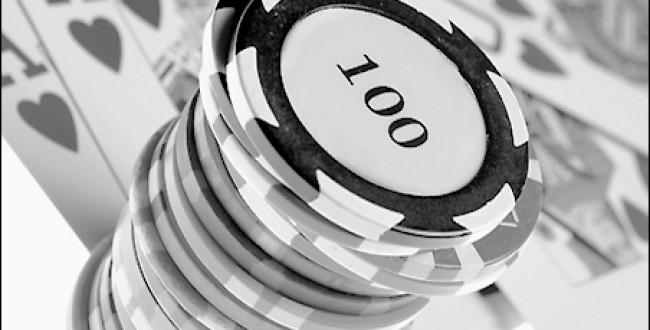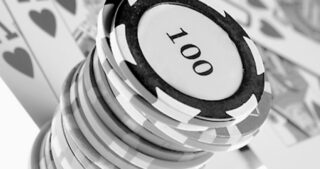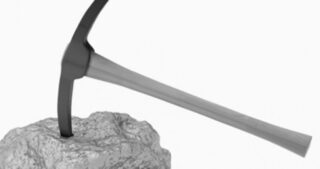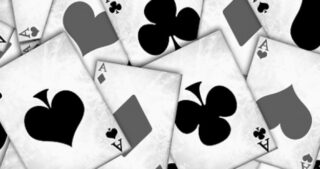The best play for a certain hand depends on how much money you have in your stack. In both holdem and Omaha, the stack-to-pot ratio is an important tool for better decisions.
We'll look at a couple of examples and then define the concepts properly.
Omaha example of SPR considerations

Let's say you flop the nut straight in pot limit Omaha. It's a bare nut straight, that is, you have no draws to stronger hands like a flush or full house.
You have $500 left in your stack and there is $20 in the pot. Now one player bets the pot ($20), another raises pot by betting $80 and two players call. What do you do?
Most PLO players feel that the bare nut straight doesn't play well in a huge pot. It's the best hand right now but many cards would give you big troubles on later streets. If the board flushes or pairs you're looking at losing a huge pot. The straight may not even be a favorite to win the hand.
If, on the contrary, you had only $80 left in the stack, then it would be an easy call since you have the best hand and you can't lose any further bets if an opponent improves to a flush etc.
Holdem example of SPR considerations
Or say that you flop bottom two pair in holdem. If there's $20 in the pot and one opponent bets pot, your decision would probably depend on the size of your stack.
With $60 in the stack you might raise all in hoping that you have the best hand.With so short stacks, the opponent would bet with many hands that you beat, and if you lose it's not that expensive.
With $600 in the stack, you'd probably want to just call and see what develops on the turn. You'd want to keep the pot smaller and not committ too much with a marginal hand.
There are plenty of situations where your decisions at the poker table depend on the size of your stack compared to the size of the pot - the stack to pot ratio, or SPR.
Effective stack is what counts
As a matter of fact, it's not really your stack that counts, but the effective stack. That is, how much money you can lose in the hand.
if you're heads up, the effective stack is whatever stack is shorter. If you have $100 and your single opponent $50, the effective stack size is $50. That's how much you can lose in the pot.
If more than two players remain in the hand, there are several possibilities. As long as one remaining opponent has more chips than you, your own stack is the effective stack (for you).
If you have the biggest stack, the effective stack is the biggest one of your opponents' stacks. That's how much you can lose in the hand.
Definition of SPR
Now that we know what "effective stack" means, the stack-to-pot ratio is defined as follows:
SPR = Effective stack / Pot
If all players have $500 stacks and there's $20 in the pot, your SPR is 25. This is a very high SPR. You could be looking at a huge pot and you need to plan your game accordingly.
With $20 in the pot and an effective stack of $80, the SPR is 4. This is a short-stack scenario and calls for very different strategies. Paople will bet and call with more marginal hands. (Basically since the fold equity increases compared to the implied or effective odds.)
We won't go into any specific strategies here. A lot have been written about those in various poker books, for example "Advanced Pot-Limit Omaha" by Jeff Hwang or "No Limit Hold 'em: Theory and Practice" by Sklansky and Miller.
Read them!
/Charlie River











